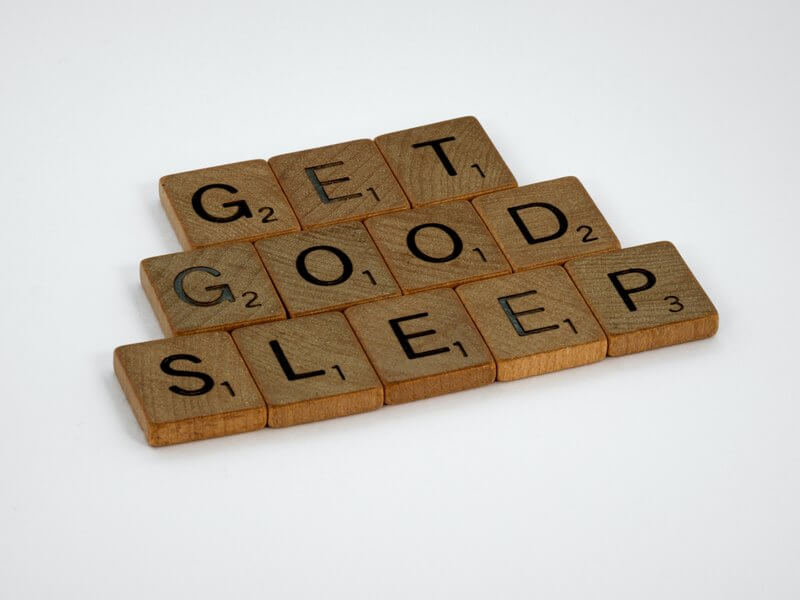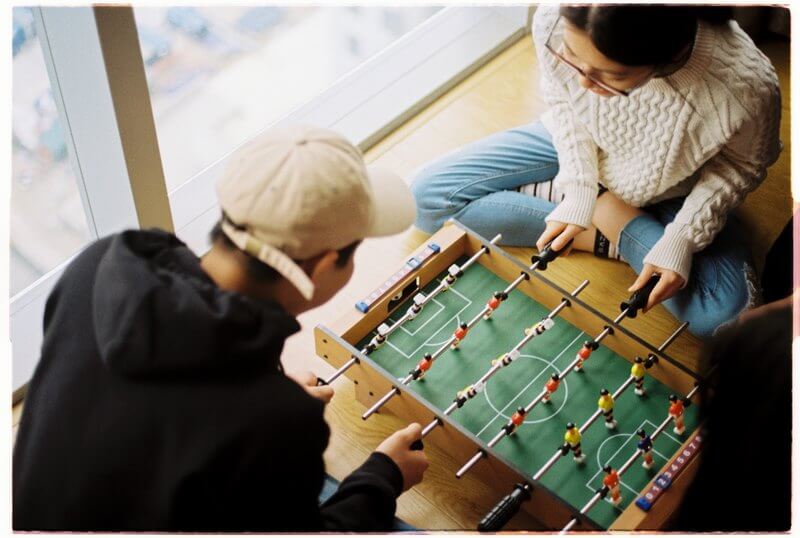
Feeling sad is okay; depression is serious
Feeling blue is good for you. It’s a bold statement but stick with me. We can’t all be happy twenty-four-seven, and in fact, some mood swings are natural and necessary in life. It lets us know that we are living and still in the game. To my mind, it’s worse to be numb, meaning you have lost all joy and the ability to be in touch with your emotions.
Feeling emotionless is a self-defense mechanism, a body’s way of shutting down to protect itself from further pain. Emotional numbness comes from experiencing shock or trauma. Feeling sadness for an extended time is also not healthy. The DSM-5 defines diagnosable depression as when a person feels a persistent lack of pleasure or interest in activities and associated symptoms for two weeks. Additionally, indicators include trouble sleeping, eating, energy, concentrating, or self-esteem.

Are you feeling blue? Own it.
One of the best ways to move through and past difficult emotions is to own them. Followers of the blog know that I focus on resilience. Everyday resilience equates to understanding yourself and acknowledging all of your feelings. One of the best pieces of advice I’ve ever heard is when someone offered that we should be gentle with ourselves. I love that idea.
You are driven and dedicated to your work if you are anything like me. Likely, you constantly strive to do and be your best–and are hard on yourself when you don’t meet your internal standards. Over time, I have mellowed somewhat, but the notion of cutting yourself some slack is still one of my goals. So, if you find yourself feeling down or “blue,” the first step is to recognize the emotion. Next, consider why you are feeling that way. Vocalize it, sit with it, contemplate it, journal on it, accept you are down and work to address the emotion.

Emotional plasticity as a cure
I’m going to share something personal as an example. By nature, I am a happy, upbeat person. However, challenging circumstances in my upbringing changed this to unhappiness. To fix this, I learned cognitive and behavioral techniques to rewire my negative patterns. I had to reteach myself to choose positive “pathways” instead of negative ones, as neural plasticity does for the brain.
One of the most significant advantages is that I also learned to recognize swings in emotions. A study in the Proceedings of National Academy of Sciences identified 27 human emotions. Another study maintains 34,000 different feelings (Goleman and Dalai Lama, 2004). It’s interesting to note that one study found executives experience 12 specific emotions daily. You can check out the Universe of Emotions app to track your feelings. It’s another way to build your emotional intelligence, as I wrote in the Workforce Resilience Post-COVID blog.

Nutrition and the gut-brain connection
We all experience pain–emotional and physical–in different ways. For me, negative feelings express themselves in my gut. For that reason, it’s exciting to see emerging research on the gut microbiome. I’m no scientist, but I am a big history buff and believe our ancestors were much better at nourishing their bodies. In contrast, we’ve messed things up with the modern western diet. But that’s a topic for another time.
We’ve all learned to eat healthily. However, what is optimal for me might not work as well for you. What is emerging is that the enteric nervous system is key to our overall health. The “second brain” in our gut, in communication with the brain in our head, plays a crucial role in specific diseases in our bodies and our overall mental health. So, eating well is beneficial for our physical health but can impact how we experience stress and anxiety. If you feel blue, you may want to eat nutritious food and limit carbohydrates like sugar with no nutritional value.

Exercise and movement to lift your mood
One of the other things to pay attention to if you are feeling down is if you are getting enough daily activity. Feeling blue is good for you if it is a warning sign that your body is not getting what it needs. We’ve all seen studies that sitting is the new smoking in recent years. Especially if you are desk-bound each day, moving your body around is critical.
From a personal resilience standpoint, exercise benefits the mind and body. Finding movement that challenges the body in new ways is the best as it keeps us in shape and stimulates the brain. If you aren’t an athlete by nature, try gardening, yard work, yoga, walking, or biking. Getting outside for a hike, swim, or any outdoor activity is good. A growing body of research points to the beneficial effects of exposure to the natural world on people’s health, stress reduction, and healing.

Age old remedies like saunas are new again
Studies show the value of a sauna for detoxifying, and it’s also relaxing. Invented in Finland over 2,000 years ago, research displays the multitude of health benefits uncovered by this ancient tradition. The Mayo clinic has a study that lists the many attributes of the practice. You can bet it’s on the list of my home upgrades.
In Japan, the concept of public bathhouses, Sento, is a standing practice for communal relaxation. If hothouse bathing isn’t your thing, halotherapy is another rejuvenation option. According to Just Breath Salt Spa, halotherapy is a natural, holistic, and drug-free treatment that complements prescribed respiratory, skin, stress, and sleep protocols. Massage therapy is another ancient art that reduces anxiety and improves immune function. All of these are options to decrease stress and promote well-being.

Sleep hygiene
We’ve all heard that we need to get enough sleep. What I mean here is ensuring your sleep hygiene is good. By this, I suggest that you get enough restful sleep. I could go on about what your body needs, how to track it, and the importance of setting the right sleep environment. But, the NIH’s informative Brain Basics: Understanding Sleep is an excellent place to start.
Next, try a sleep tracker. I’ve used one for several years. It’s changed my understanding of good vs. bad sleep. Knowing it is not all about length, but the quality is a game-changer. As with nutrition and exercise, all of us are unique, so learning what your body needs links to overall health and resilience. We all know how difficult it is to manage your emotions without adequate sleep. Enhance your daily routine by adding meditation and gratitude practice.

Make time for downtime. Don't be a workaholic.
Yup, it’s easy for me to say as I am writing this after a full day, and it’s past 11 pm. I’m the pot calling the kettle black. However, after all the training I received, I understand the need for downtime. As much as it’s essential to give your body a rest, mental breaks are as important.
So, take your vacation. Make time on the weekend to do nothing important. Meditate, read something for fun, sit in the sun, or take a hike. In our fast-paced world, we need to do like the Beatles said and Let It Be. Or, more accurately, let yourself be.

Be a playmaker and smile
Feeling blue is good for you, but you can get over it by leveraging silliness. Prioritize play and laughter. Watch a comedy. Listen to music that makes you happy and dance around to get your body moving. Mainly, you want to get those endorphins elevated, which are your body’s natural pain relievers.
Smiling may not cure your sadness, but it can work to turn the tide. As Ron Gutman points out in his Ted Talk, smiling has a hidden power. The mere act of smiling reduces blood pressure, lowers stress hormones, and boosts your mood; a British study even found that one smile generates the same level of brain stimulation as up to 2,000 bars of chocolate. Um, yes, please! Try it.
Finally, engage in play, like a board game or sport, with friends and family. Anything that positively engages your mind and body is good. If you want a therapeutic example, check out the work of Steve Gross and his Life Is Good Playmakers. They do a fantastic job of promoting an optimism-infused approach to trauma-informed care for children. It’s a professionalized version of the concept.

Be a friend, caring co-worker, or colleague
We all experience difficult times in our lives. It’s part o the human experience. As I get older, I am more mindful that people have a great deal going on in their personal lives I know nothing about. As much as corporations encourage bringing our whole selves to work, it’s realistic to assume we hold back some things. Individuals show up with family, finances, and the stress of daily living in the background for many reasons. So, let’s cut each other some slack and check in if someone appears off. They’ll tell you if they don’t want to share, but you may be the help they need.

Blue Ain’t Your Color
Hopefully, you now get why I suggest feeling blue can be good for you. However, if feelings of sadness persist, please consider getting professional help. There are many types of experienced practitioners. Choosing Therapy has a guide on Choosing a Therapist, Counselor, & Psychologist. Of course, spiritual counsel can help as well. In honor of Mental Health Awareness Month, I urge you to increase your knowledge in this space.
Yes, blue is a beautiful color, but it’s not good to be sad all the time. Instead, I recognize that it is okay to feel sad; it’s my body telling me that something wrong. Over time, I’ve learned to accept my emotions, learning better regulation and positivity. As a resilience professional, my journey bolsters my ability to recognize others’ emotional states. It helps me stay calm in a crisis and lessens the impact of life’s challenges, big and small. It’s been a game-changer for achieving personal resilience.
